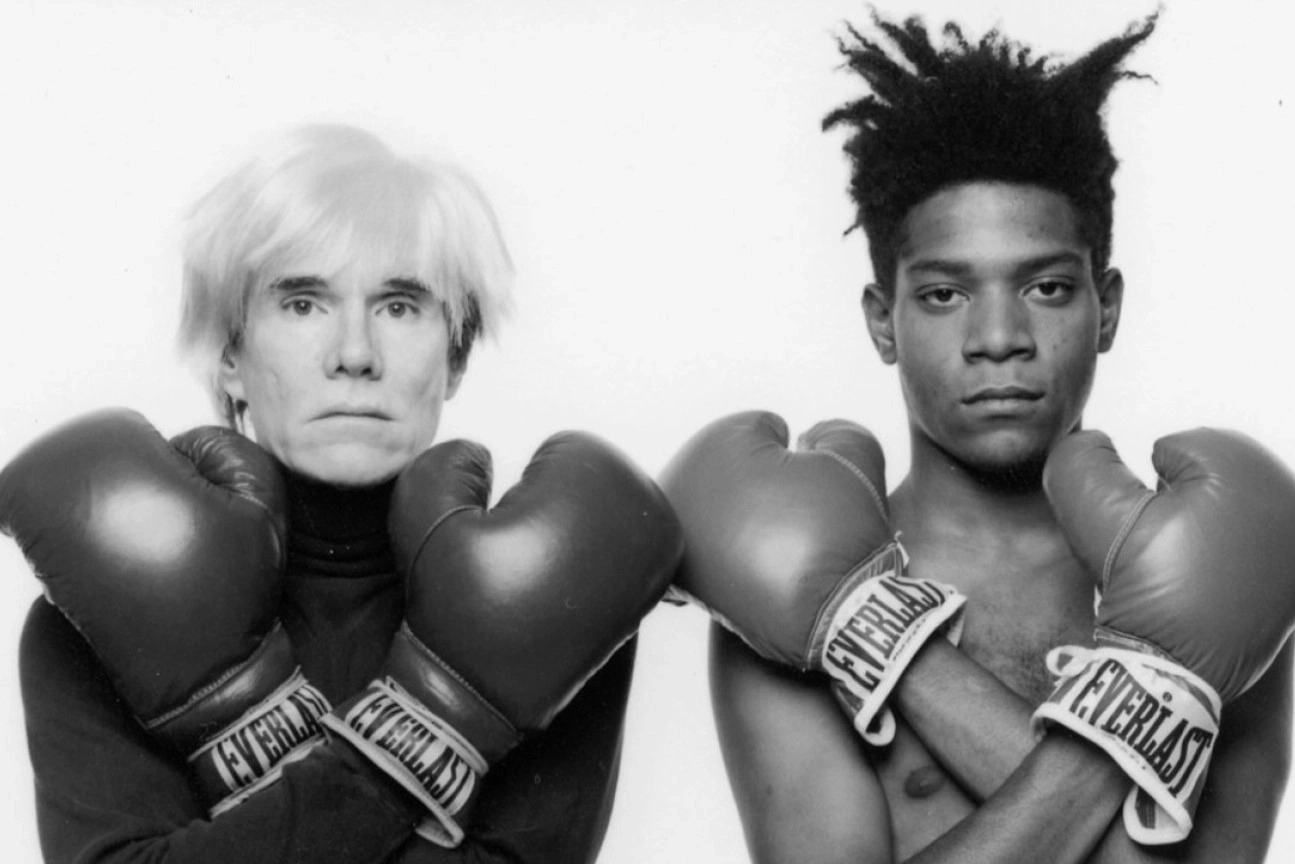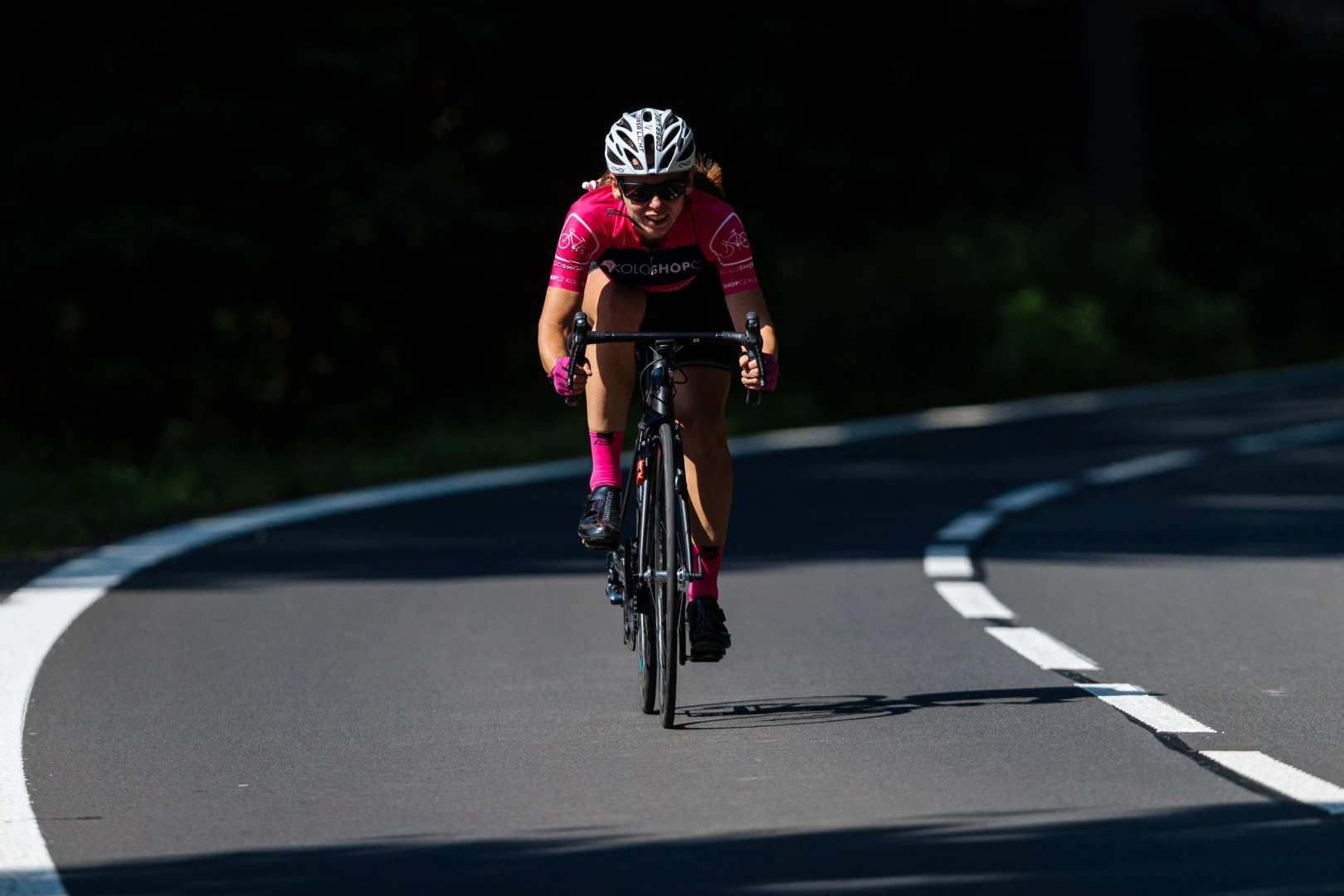American writer Joyce Carol Oates writes in her book of essays, On Boxing, that box is more than just a sport. While sport, Oates argues, is always primarily about the game, boxing defies that category. Boxing doesn't play at life, boxing is life - naturalistic, raw and gritty. Few sports combine such an attractive mix of intimacy, physical exposure and vulnerability to the extent that boxing does. Its staged nature, expressiveness and theatricality are all attributes that bring boxing closer to being an artform. It is no coincidence that boxing is a rewarding source for drawing imagination. Artistic artefacts featuring boxing men or women are scattered throughout history from the Late Bronze Age to the present.
The first historical evidence of athletic fighting dates back to 4000 and 3000 BC in Mesopotamia and Egypt. The frequent appearance of iconographic motifs of boxing matches dates back to the Late Bronze Age (1600-1200 BC). A mural of two boxing youths from the Greek island of Santorini, where remains of the Minoan civilisation have been found, dates from this period.
Boxing reached its golden age in Ancient Greece, when it was included in the Panhellenic festivals, and from 688 BC it became part of the prestigious Olympic Games. Boxing matches were held on the fourth day of the five-day Olympics, at noon, to avoid exposing the boxers to the sun. There were no strict rules and no weight categories. A winner was declared when the other boxer could not continue the bout or gave up the fight.
.jpg)
The true modern European boxing history began in England in the late 17th century. It is associated with James Figg, the inventor of the modern rules. In 1719, Figg opened an indoor amphitheatre and boxing school in London. In the same year, he became the heavyweight champion. As Kasia Boddy demonstrates in her book on the history of boxing (Boxing. A cultural history, 2008), boxing enjoyed considerable popularity in England, was supported by kings, and served as an important source of patriotism and national identity.
.jpg)
Boxing also enjoyed considerable popularity in 19th-century France. The success of sports columns in the daily press and the development of newspaper and poster illustrations played into the sport's popularity.
.jpg)
The American continent holds a separate and very colourful history for the sport. The 20th century US are a breeding ground for extraordinary boxing personalities such as Joe Louis, Jack Dempsey, Rocky Marciano, Muhammad Ali and Mike Tyson (among others). In many specific variations, the story of the American Dream is realised here - the story of heroes from disadvantaged backgrounds who turn adverse circumstances to their advantage. That the American Dream can be achieved even by African-American boxers who were thus allowed to break out of their living and social situation set an important precedent for the future of the sport, one that resonates significantly within the African-American civil rights movement of the 1960s.
Within the multitude of artistic currents of the 20th century, many artists were drawn to boxing. In the period between the two wars, boxing was popular with German artists Georg Grosz and Max Pechstein, while in France, Georges Brague, André Derain, Raoul Dufy, Henri Matisse, Pablo Picasso and Auguste Rodin all fell in love with the sport.
The sixties were a golden era not only for art but also for boxing. Pop Art became domesticated in America, and boxer Muhammad Ali - originally named Cassius Clay - celebrated success after success in his career. An African-American who converted to Islam, Ali became an icon of American sport and used his popularity to promote the Black Power movement. He became famous for his rhyming catchphrases, which he would use in the ring to call his opponents to action. In one of his legendary catchphrases, he said of himself that in the ring he floats like a butterfly and stings like a bee. In addition to his exceptional athletic talent, Muhammad Ali was also an artist. He liked to draw and created several drawings from the boxing environment.

In the second half of the 1970s, Andy Warhol sought out Muhammad Ali and created a series of portraits of the legendary boxer in intimate poses that capture the depth of his personality. For Warhol, it was more of a counter-task, because he was photographing Ali in the middle of training and Ali was not used to posing for photographers. The portraits of Muhammad Ali belong to a series called Athletes. Ali was the first black athlete in the series. Warhol noted about the portraits: "I really got to love the athletes because they are the really big stars."
.png)
In the 80s, Warhol collaborated with Jean-Michel Basquiat, an artist who explored topics like boxing and pop culture in general in his work. This collaboration resulted in a series of photographs by Michael Halsband in which Warhol and Basquiat pose wearing boxer shorts and boxing gloves. A poster featuring the two artists served as an invitation to their joint exhibition.
.png)
The erection of a monument by sculptor Robert Graham, serving as a tribute to the legendary black American boxer Joe Louis, in 1980s Detroit, USA drew a rather widespread controversy. While some saw the statue as a clear reference to the Black Power movement, others protested that it reduced the boxer's persona to a sexual fetish with clear phallic associations.

Among contemporary works with boxing themes, we chose to mention a 2001 video titled Fight by Polish artist Zuzanna Janin, in which the artist fights with professional heavyweight boxer Przemysław Saleta. The artist underwent four months of hard training before stepping into the ring. In the video, both are dressed in simple white, contrasting with their red boxing gloves. As much as her work reflects on issues relating to the position of women in society, the artist refutes the notion that her boxing video offers a single interpretation, "In this piece, I am not a feminist fighting an anti-feminist, simply because we are fighting together, not against each other." The fight, she says, is a visual metaphor for an open, never-ending struggle with no winner or loser; it is all about relationships and dialogue, an endless interpretive process. The fight is also a metaphor for an endless struggle with oneself, with adversity and with one's own weaknesses.

For British artist Zoë Buckman, the microcosm of the sport and its iconography is a recurring theme. Working between the media of photography, sculpture and installation, Buckman explores cultural stereotypes, reveres interpersonal relationships and examines individual and social vulnerability. Buckman grew up in a man's world and as she says, "The environment of the boxing gym compelled me because of the testosterone-heavy world of physical strength and competition. Politically, I was feeling under threat as a woman, and so I needed to spend time learning how to hold my own space. It made sense that I brought the aesthetics of the boxing arena into my studio practice."
.png)
The theme of boxing also resonates in Czech art. Within the contemporary local scene, we encounter boxing in the works by prominent representatives of the youngest artistic generation, Vojtěch Kovařík and Jan Soumar.
.png)





